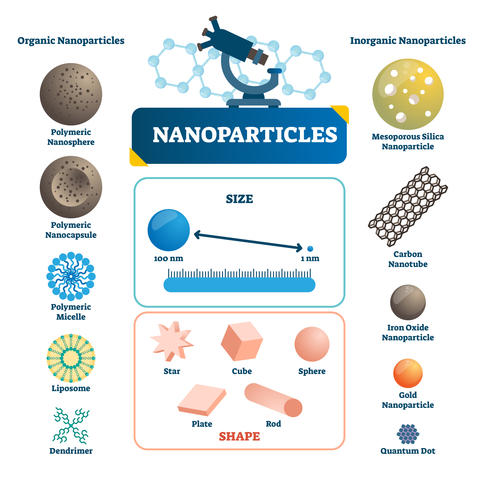Summary
Transition metal nanoparticle catalysts show great promise as a breakthrough for the realization of efficient and economical fuel cells. Fuel cells can provide sustainable clean energy with applications in transportation and portable power generation. To better understand the reactivity of nanoparticles, we have studied numerous pure and core-shell transition metal nanoparticles involving 12 different transition metals. One of our primary tools for gaining insight into chemical reactivity is the condensed Fukui function that has been widely applied in organic chemistry. The condensed Fukui function, which is readily obtained from quantum chemistry calculations, gives a numerical value indicating the likelihood of reaction at a given atomic center. We have shown that the predictions made using the Fukui function agree well with the well-established d-band center method of Norskov and coworkers. Recently, we have considered the effect a molecule adsorbed on the surface of a nanoparticle has on the reactivity of other surface atoms. We are also studying the interactions of several molecules with transition metal surfaces, with the goal of gaining deeper insight into the chemistry of multibody processes occurring on nanoparticle catalysts. Other studies involve the calculation of reaction mechanisms on transition metal surfaces and simulating the reactions via microkinetic modeling. Our work is done in collaboration with the experimental research group of Prof. YuYe Tong at Georgetown University.
Description

Goals:
- Provide mechanisms for various prototypical electrocatalytic reactions on different metallic surfaces an nanoparticles.
- Validate the results of DFT calculations versus experimental data.
Research Activities:
- Studying the methanol oxidation reaction on Pt and PtRu surfaces.
- Studying the effect of selected transition metals on Pt surfaces.
- Studying reactions on PtPd surfaces.
Associated Publications
1. Allison, T. C. and Tong, Y. Y. J., "Application of the condensed Fukui function to predict reactivity in core-shell transition metal nanoparticles," Electrochimica Acta, 101, 334-340 (2013).
2. Allison, T. C. and Tong, Y. J., "Evaluation of methods to predict reactivity of gold nanoparticles," Physical Chemistry Chemical Physics, 13, 12858-12864 (2011).
Major Accomplishments
- Validated use of the Fukui function to provide reactivity information comparable to the popular d-band center method.
- Validated steps in synthetic procedures for transition metal nanoparticles.
- Identified important steps in the reaction mechanism of O2 on Au.

